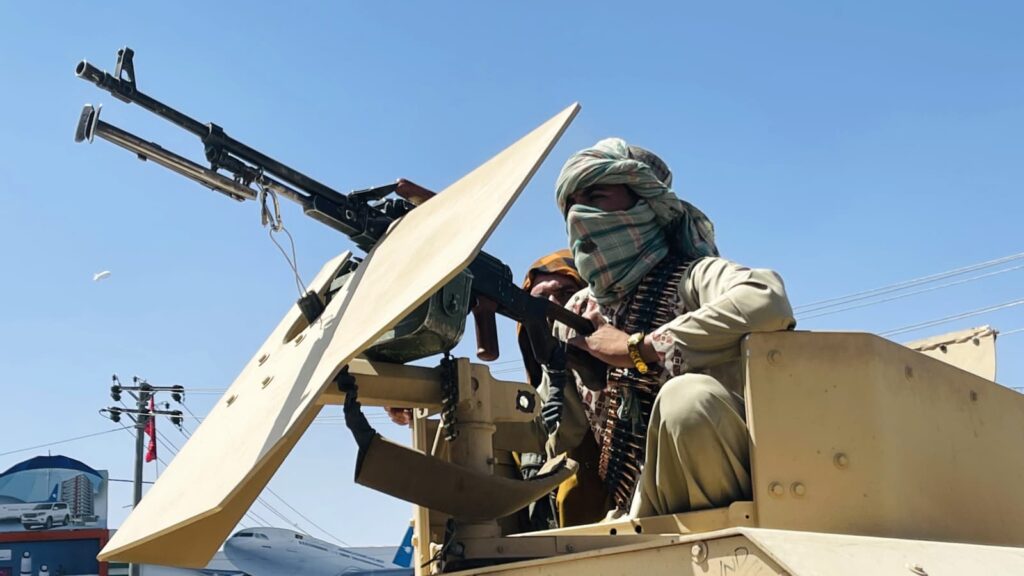US Withdrawal And Regional Dynamics: Best NDA Coaching in Lucknow
Warriors Defence Academy | Best NDA Coaching in Lucknow | Best Airforce Coaching in Lucknow | Best Defence Coaching in Lucknow India.
Address: 545-GA/1-CHHA, beside Madhuwan Guest house Chandganj Near Railwaycrossing, Kapoorthla, Lucknow, Uttar Pradesh 226006
Phone: 07081011964
US Withdrawal And Regional Dynamics.
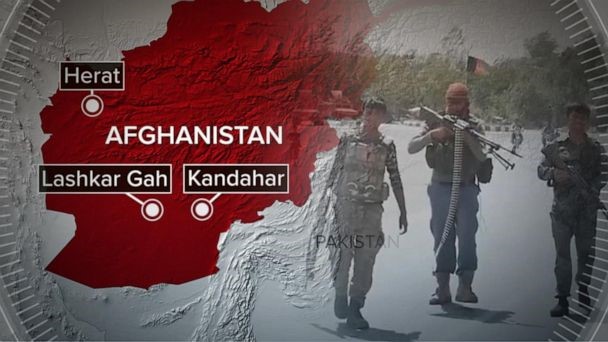
The speedy withdrawal of US troops from Afghanistan has been matched by the swift advance of the Taliban across the nation. While the US has confirmed that 90% of the withdrawal is done, the Taliban has claimed that it is in control of 85% of Afghanistan territory. These developments have moved Afghanistan into the court of regional powers that now have the burden of managing the military vacuum created by the US retreat. The idea of a regional solution to Afghanistan has always had much political appeal. But divergent regional strategic perspectives limit the prospects for a sustainable consensus on Afghanistan.
US Withdrawal and Regional Powers
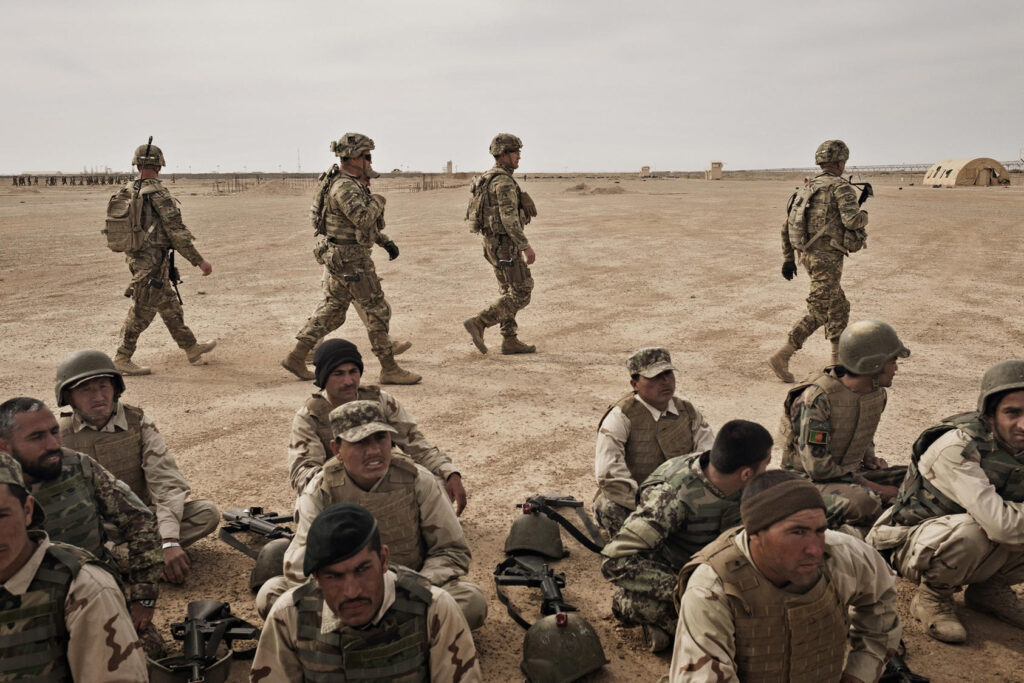
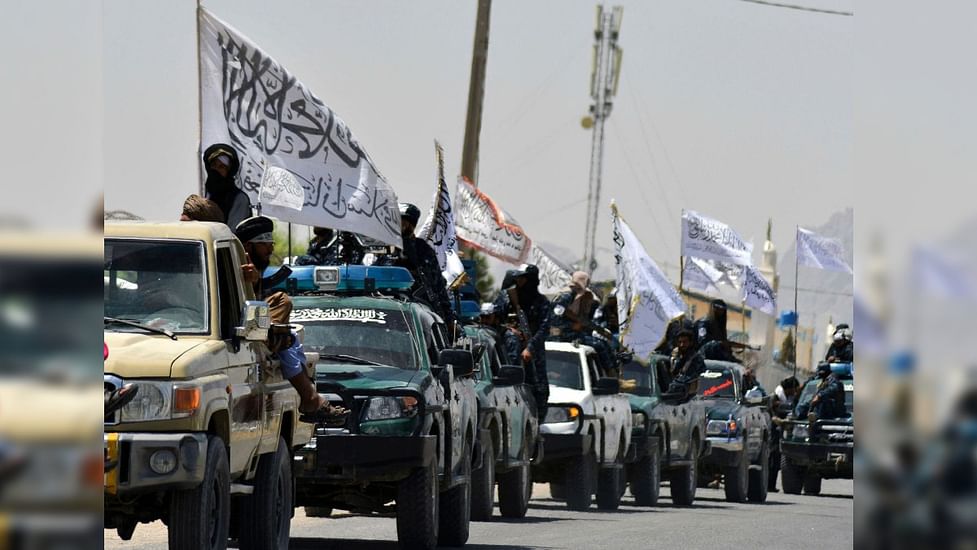
Taliban: Taliban itself remains a major variable. If the Taliban does not accommodate
the interests of all Afghans, it simply sets the stage for the next round of the civil war in
Afghanistan. The Taliban is also signalling that it will not be a proxy for anyone else and that it will pursue independent policies.
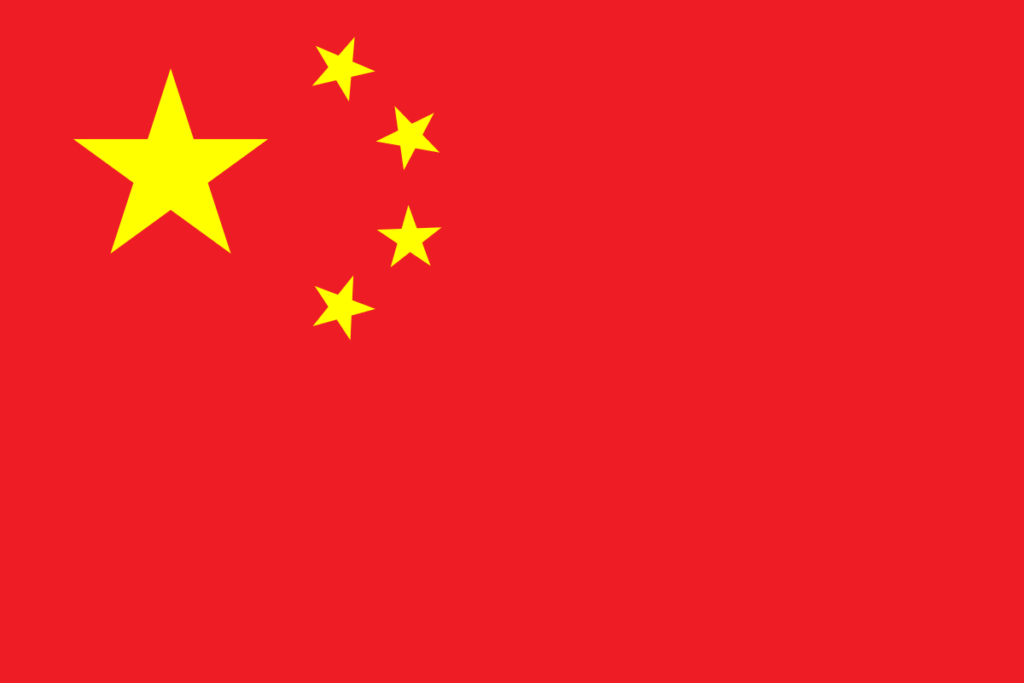
China: The US withdrawal from Afghanistan today reinforces the strongly held conviction in China that the US is in terminal decline. The withdrawal, at a time when China is offering an alternative to the Western model of international governance, is seen in China as a great ideological victory. However, for China, potential Taliban support to the Xinjiang separatist groups is a major concern.
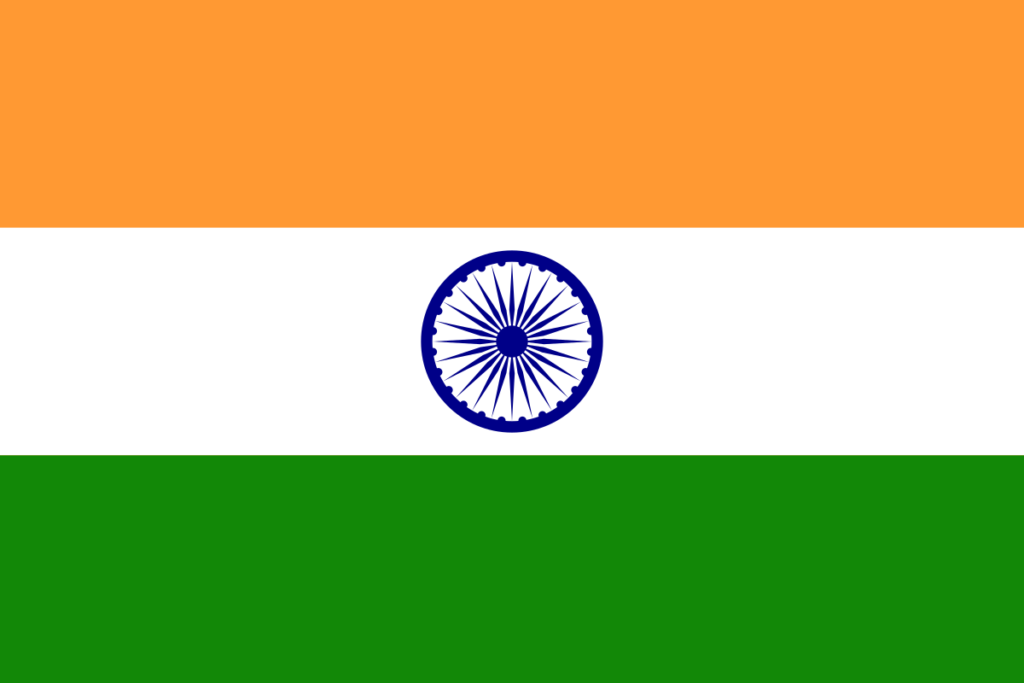
India: India will have three critical areas in dealing with the Taliban.
Protecting its investments, which run into billions of rupees, in Afghanistan Preventing a future Taliban regime from being a pawn of Pakistan; Making sure that the Pakistan-backed anti-India terrorist groups do not get support from the Taliban.
Other: None of the regional countries want to see Afghanistan becoming the nursery of international terror again under the Taliban. Iran can’t ignore the Sunni extremism of the Taliban and its oppressive record in dealing with the Shia, and Persian-speaking minorities. Pakistan worries about the danger of the conflict spilling over to the east of the Durand Line, and hostile groups like the Tehrik-e-Taliban Pakistan (TTP) gaining sanctuaries in Afghanistan.
India’s Approach
The era of prolonged peace in Afghanistan secured by the US military presence has come to its end. This would mean new constraints on India’s ability to operate inside Afghanistan. Three structural conditions will continue to shape India’s Afghan policy.
One is India’s lack of direct physical access to Afghanistan. This underlines the importance of India having effective regional partners. Pakistan has the capability to destabilise any government in Afghanistan. But it does not have the power to construct a stable and legitimate order in Afghanistan. The contradiction between the interests of Afghanistan and Pakistan is an enduring one. Pakistan likes to turn Afghanistan into a protectorate, but Afghans deeply value their independence. All Afghan sovereigns, including the Taliban, will look for partners to balance Pakistan.
India should focus on intensifying its engagement with various Afghan groups, including the Taliban and finding effective regional partners to secure its interests in
a changing Afghanistan.
Way Forward
Use of Multilateral Organisations: Such as Shanghai Cooperation Organisation(SCO) should be used in dealing with the Afghan questions and achieve stability. Ge ography, membership and capabilities make the SCO an important forum to address the post-American challenges in Afghanistan. An independent, sovereign, democratic, pluralistic and inclusive Afghanistan is crucial for peace and stability in the region. In order to ensure the same, the Afgh an peace process, as stated by India’s
Afghan policy should be Afghan-led, Afghan-owned and Afghan-controlled.
Also, there is a need for the global community to fight against the global concern of terrorism. In this context, it high time to adopt the Comprehensive Convention on
International Terrorism (proposed by India at UN in 1996).
Admin and Military Reforms: More militancy is witnessed in the region where the state fails to deliver. Thus, Administrative and military reforms within Afghanistan are the need of the hour to tackle the menace of emerging Taliban 2.0.
Conclusion
The US’s exit from Afghanistan has triggered Taliban emergence, geopolitical flux and thus, instability in the region. As these factors will increasingly push India into a geopolitical tough spot in the region, smart statecraft, therefore, is required to deal with changing dynamics in Afghanistan. If India remains active and patient too, many opportunities could open up in the new Afghan phase.
CONTENT BY PRASHANT SINGH
Faculty of personality development | 5+ years of experience of teaching | Masters in English literature | 10 times CDS qualified, | Defence enthusiast, educator and explorer
